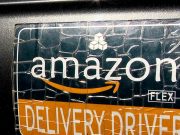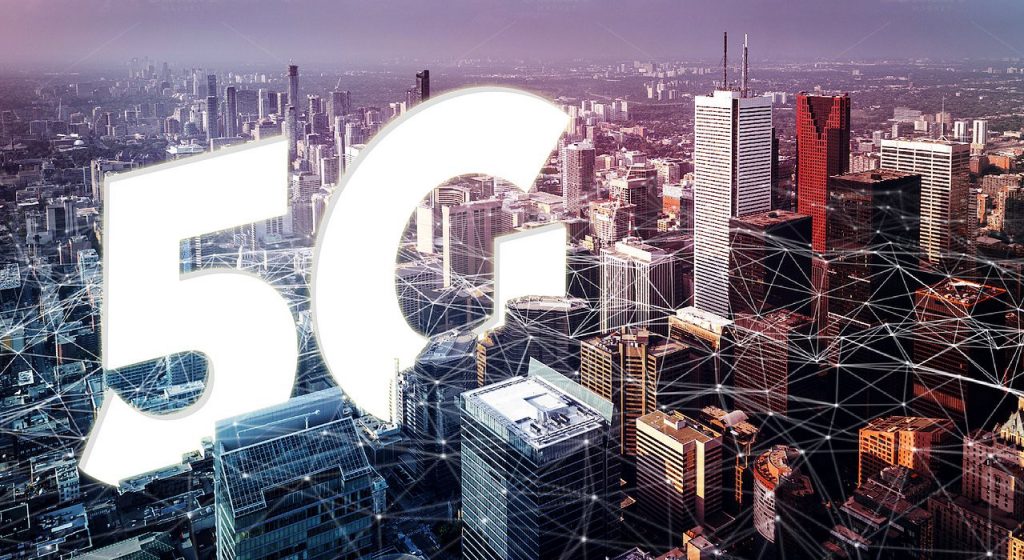
When we look back on this moment in Seattle history when our communal obsession has been how to avoid the carriers of the COVID-19 virus, not the carriers of 5G bandwidth over a cellular network, the merger between T-Mobile USA and Sprint, motivated not by social distancing but by transforming the speed and ease through which people can connect with one another — wirelessly across a unified 5G network — might seem unlikely, even unthinkable.
Disruptions in technology rarely occur according to schedule. The way Boeing aircraft flattened the world through air transportation, Microsoft inaugurated desktop office and enterprise software, and Amazon architected a global infrastucture for electronic shopping, were revolutionary, not evolutionary advancements.
The merger of two, top-tier telecommunications giants is very much in keeping with our tradition of anticipating what’s next, and then working to fulfill that vision. It’s unmistakably, undeniably Seattle.

Laying claim to such transformational outcomes, forward-thinking Northwest innovators like Bill Gates, Paul Allen, Jeff Bezos, and Bill Boeing found they could make it happen here. A similar lineage can be traced for the wireless communications industry in the personage of Craig McCaw and John Stanton.
When the FCC held a lottery for cellular licenses in the early 1980s, Craig McCaw bid for the rights to establish cellular systems in cities across America. In addition to entering the lottery himself, he approached many other lottery winners and bought their cellular rights, which were already considered to be undervalued.
After acquiring MCI’s cellular wing in 1986, McCaw sold the cable company to Cooke Cablevision (now part of Comcast). The combined cellular operation was a significant player in the field. In 1990, McCaw became the highest-paid CEO in the US.
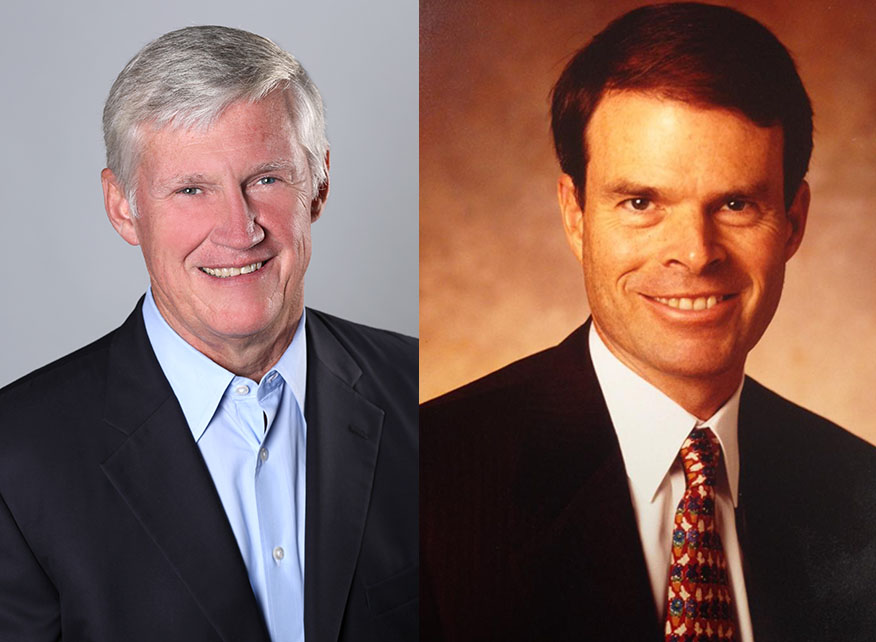
John Stanton and Craig McCaw
In 1994, McCaw sold McCaw Cellular to AT&T Corporation for $11.5 billion. The company was renamed AT&T Wireless. AT&T Wireless was sold to Cingular in 2004 to become the nation’s largest wireless carrier.
McCaw moved on to investments in other companies such as Nextel, Teledesic and Clearwire. And his influence extended well beyond his own ventures; telecom and tech executives like John Stanton (VoiceStream, Clearwire, et al), Jim Barksdale (Netscape) and Tom Alberg (Madrona Venture Partners) who worked for or with McCaw before going on to run or fund companies on their own.
Indeed, John Stanton may be more prominent today as chairman of the Seattle Mariners and leader of the team’s ownership group, but he made his mark as a wireless-telecom executive.
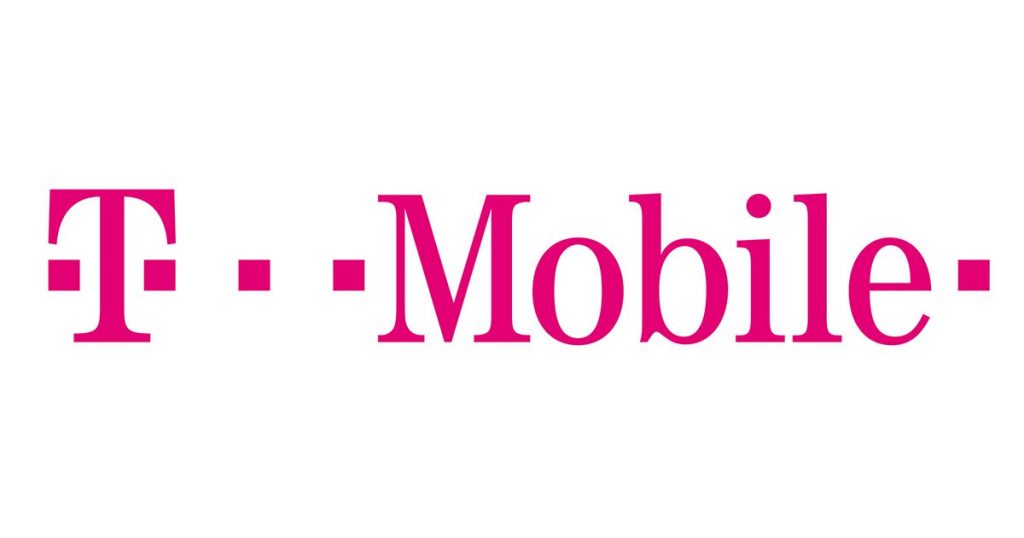
A Spin-Off Named T-Mobile
After serving as COO of McCaw Cellular, he and several partners began assembling small cellular systems into Western Wireless Corporation, which he led as chairman and CEO. Then he was chairman and CEO of Western Wireless spinoff VoiceStream Wireless. VoiceStream was acquired by Deutsche Telecom in 2001 and renamed T-Mobile USA, and that’s how you get that company as part of the history.
Stanton wasn’t and still isn’t done with wireless telecom. He held several posts at Clearwire Corporation, whose parent company Craig McCaw purchased. Clearwire was later acquired by Sprint Nextel, whose descendant will wind up as part of T-Mobile.
Meet the New Supercharged Un-carrier
Strong, dependable network connectivity has never been more critical to customers or to the country. Now the New T-Mobile will focus on creating a much-needed transformational nationwide 5G network, driving innovation in the U.S. and bringing wireless access to people throughout the country.
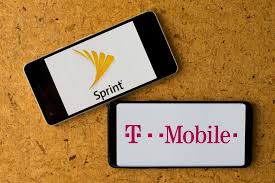
This quantum leap forward can only be achieved by using T-Mobile and Sprint’s combined low-, mid- and high-spectrum bands — and only the New T-Mobile will have the resources to do it quickly.
• The network will have 14 times more capacity in the next six years than T-Mobile alone has today, enabling the New T-Mobile to leapfrog the competition in network capability and experience.
• Customers will have access to average 5G speeds up to eight times faster than current LTE in just a few years and 15 times faster over the next six years.
• Within six years, the New T-Mobile will provide 5G to 99% of the U.S. population and average 5G speeds in excess of 100 Mbps to 90% of the U.S. population.
• New T-Mobile’s business plan is built on covering 90% of rural Americans with average 5G speeds of 50 Mbps, up to two times faster than broadband on average.
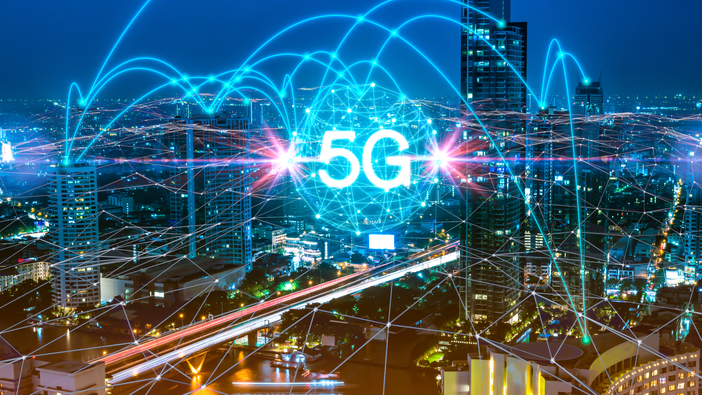
“The network is at the core of everything we do as a business, and it’s critically important for keeping customers connected to each other, their communities and the world,” said Neville Ray, president of Technology at T-Mobile. “The supercharged 5G network that we’ll build as a combined company will be a huge step forward, transforming wireless, fueling innovation and delivering new experiences for customers all across the country that we can’t even imagine today.”
With 14 times more total capacity in the next six years than T-Mobile has today, customers won’t have to choose between great service or low prices — they’ll get both. The New T-Mobile will offer free access to 5G and the best rate plans at low prices, now and in the future, so all customers can reap the benefits of a supercharged Un-Carrier network at a great value.

And the New T-Mobile has committed to delivering the same or better rate plans for three years, which includes access to 5G, including for prepaid and Lifeline customers.
Mike Sievert Succeeds John Legere as CEO
At this pivot point in T-Mobile history, Mike Sievert will take the reins from John Legere and assume the CEO role after the conclusion of Legere’s contract on April 30, 2020. Sievert’s new title will be President and CEO. Legere will remain a member of the Board.
“John Legere has had an enormously successful run as CEO. ” said Tim Höttges, Deutsche Telekom CEO, and Chairman of the Board of T-Mobile US. “As the architect of the Un-carrier strategy and the company’s complete transformation, John has put T-Mobile US in an incredibly strong position. John taught everyone at T-Mobile that if you listen to customers and empower employees, you can change a culture – and by doing so – change a company and an entire industry.”

Mike Sievert and John Legere
As T-Mobile’s Chief Marketing Officer and then COO, Sievert led the design and execution of the 16 Un-carrier “moves” that have defined the company and established T-Mobile as the customer satisfaction leader and most-loved brand in the industry.
“I hired Mike in 2012 and I have great confidence in him,” said Legere. “He has a deep understanding of where T-Mobile has been and where it needs to go to remain the most innovative company in the industry. I am extremely proud of the culture and enthusiasm we have built around challenging the status quo and our ongoing commitment to putting customers first.”
Taking the Fight to Big Cable
The New T-Mobile is also taking the fight beyond wireless. By offering an alternative to in-home broadband, the Un-carrier will provide much-needed competition in-home internet to Big Cable, at a time when just under half of the country’s households have only one or zero options for high-speed broadband.
The New T-Mobile’s wireless in-home broadband service will overcome the obstacles to extending traditional wireline access by blanketing high-capacity coverage over previously difficult to serve areas. Its network will deliver 100+ Mbps speeds for wireless broadband to 90% of the population and offer in-home service to millions of the country’s households in the next six years. New T-Mobile will capitalize on the winning formula it built and double down on what customers love about the brand.
A Force for Good
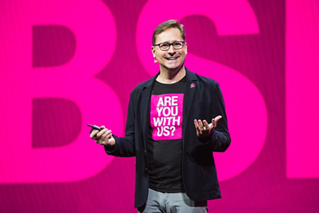
It will also continue to be a force for good, pledging not only to be a bigger company but also a better company. New T-Mobile customers should expect everything the Un-carrier has ALWAYS stood for: treating customers right, shaking up the status quo and being a force for good.
The company will use its network to lift up communities nationwide and bring the benefits of 5G to as many Americans as possible, and it will continue supporting the programs and causes that matter most to employees and the communities they serve.
A Response to COVID-19
To address America’s urgent needs around COVID-19, T-Mobile fast-tracked its groundbreaking, lowest-priced plan EVER, called T-Mobile Connect plan on March 23. Other initiatives to bring the New T-Mobile’s newly expanded network capabilities to the customers and communities that can benefit most will launch soon, including the Connecting Heroes Initiative to offer FREE unlimited talk, text and smartphone data to ALL first responders at ALL public and nonprofit state and local fire, police and EMS agencies; and Project 10Million, delivering free internet access and hardware to 10 million households over the next five years.
New T-Mobile customers will continue to receive industry-leading customer care, and all post-paid customers will have access to T-Mobile’s award-winning Team of Experts (TEX) model as it expands into every current and planned customer experience center.
The Supercharged Uncarrier has been unleashed. [24×7]






